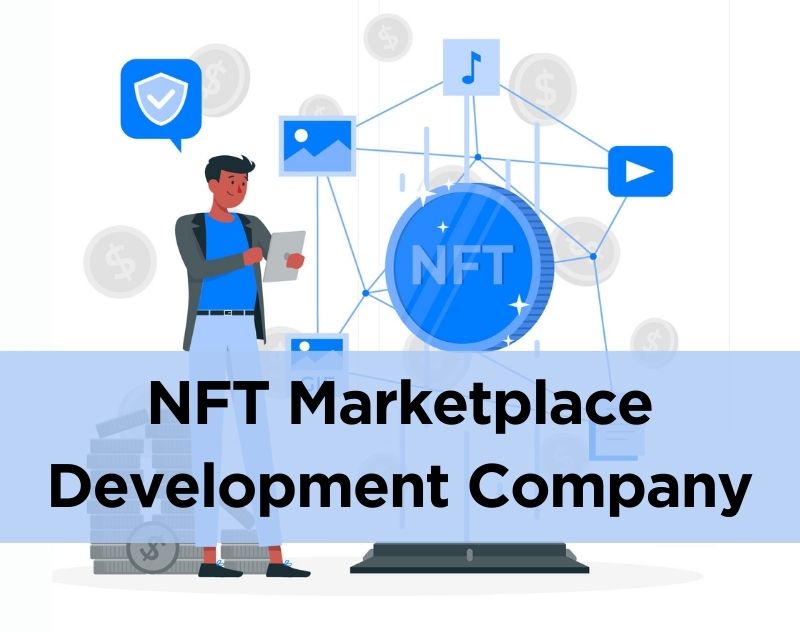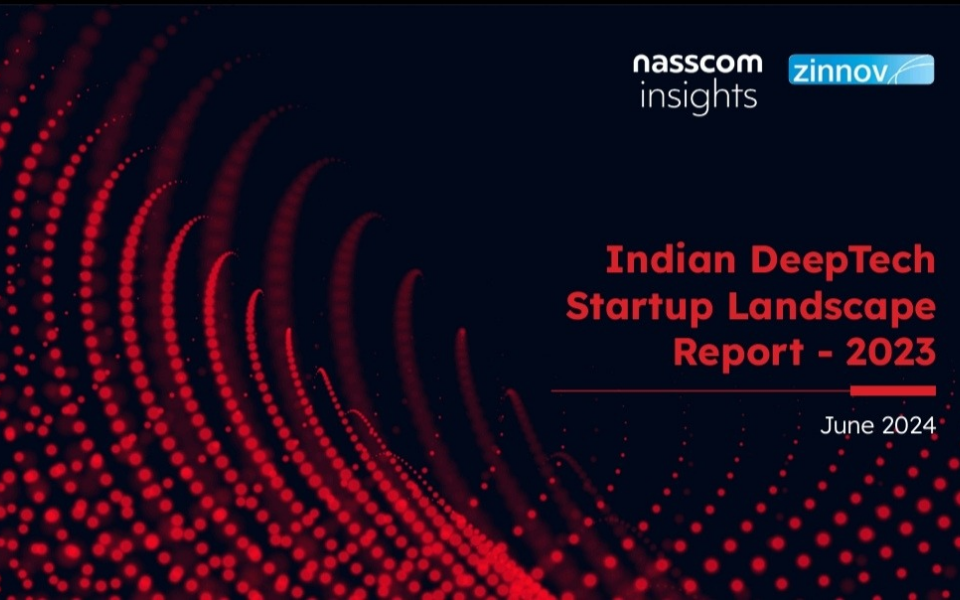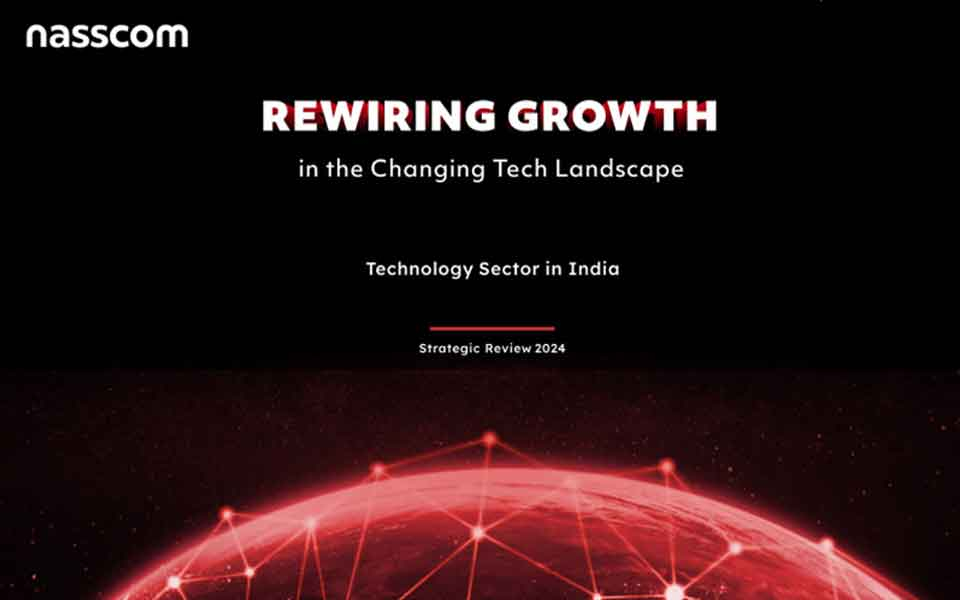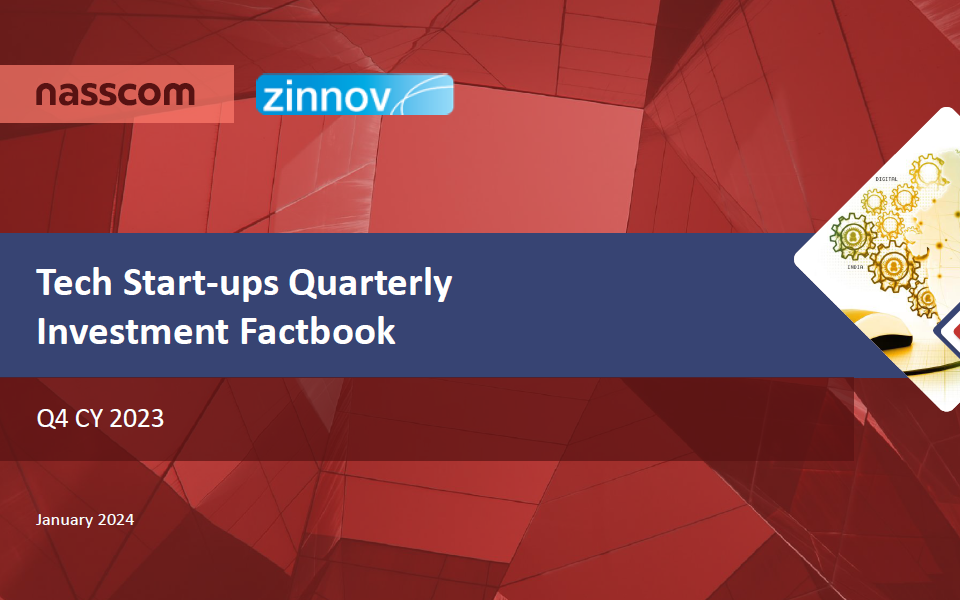
1956 witnessed the coining of the term AI, by American computer scientist John McCarthy. This umbrella term today encompasses things right from robotic process automation to actual robotics. Of late, it has gained importance due to big data and the increase in size, speed and data that businesses collect. AI can perform various tasks more efficiently, from identifying patterns in data to speech recognition to problem-solving, thus, helping businesses gain more insight.
Apala Lahiri Chavan, President, Human Factors International –MIDAAAS shared insights on Artificial Intelligence, how AI has become the current talking point of technology. “Artificial Intelligence at the very minimum can help in the ability to work with big data because AI works best with as much data as possible that could be provided to the AI systems. This enables the system to come up with intelligent and meaningful insights, thus, adding value with its suggestions or solutions. Unlike the human brain that has its limits, AI looks out for maximum possibilities by connecting millions of dots, so to speak,” she says.
Having become an essential part of technology today, the core challenge of AI includes programming computers for traits such as knowledge, reasoning, problem-solving, learning, perception, planning and the ability to manipulate and move objects. Machines can act and react like humans only when they have been fed with a good amount of information.

Some of the questions that we put forth to Apala Lahiri on AI and here’s what she had to say:
Can AI help user experience in products?
Data forms the core for AI systems, so if it has a lot of ofdata about users of a particular product, then it can arrive at a conclusion regarding patterns of usage, where is the customer population, where would the user stick on regarding product usage and where the challenges are. Moreover, arriving at answers to these questions is quite challenging if conventional analysis systems were to be used. On the other hand, with an AI system, businesses would know how a particular product is being used, know about customers coming in, how the product features are being used in a short span of time, and hence, be able to act quickly upon an experience that seems to be broken whilst investigating deeper. These are the areas where AI can help user experience in products. Of course, the ethics of collecting and acting on user data is a larger question that is being debated upon even as we speak!
Can AI also provide predictive insights of products?
If there are two different ideas, an AI system can look into the given data about the target segment of customers. Given the type of customers, the AI would look into the kind of preferences, work, and behaviour with all its crunched data.
Technology is surpassing all means and moving towards development of such powerful systems. When it comes to AI, a lot is being witnessed in terms of its development. It is not just the development of intelligence that is being worked upon but how almost the entire human brain could be mimicked. Even developers cannot predict how an AI system would work and at times are surprised at how the system moves forward.

The role of AI in the India:
AI is a luxury, and the possibilities it has in solving problems in India is immense. Even though India seems to have progressed, it still has an enormous illiteracy rate. 50% of rural women who work as domestic help or at construction sites are illiterate, and herein begins marginalisation of such a large section of our population. They are not self-sufficient, they cannot run micro enterprises, nor can they grow in their jobs. Hence, AI systems can play a huge role if it can impart basic life skills or functional literacy i.e. how to read, write and learn a bit of English, understand rights or understand financial issues. This would help them navigate through life with dignity and prosperity.
Can AI help bring those at the bottom of the socio-economic pyramid higher?
Yes, AI can undoubtedly do that. Especially in most Asian and African countries, there exists hierarchies in society, be it in income or education, irrespective of the rural-urban divide. Those at the bottom of that hierarchy tend to feel intimidated and judged by those above. Therefore, AI systems could help people at the bottom of the socio-economic pyramid to interact and learn in a much easier way as it can be non-judgemental and completely neutral. This is hugely liberating, especially in countries like India where the illiteracy and poverty rate is quite high.
Verticals and domains AI can be put to use:
AI can play a huge role in health care where diagnosis could be made fast and cheap, without having any actual doctors; which is quite a significant application in countries like India. AI could also be handy in crop guidance or crop management. Billions of data points of farmland images can be looked upon, and within few second an analysis could be made as to whether the area is suitable for crop planting or not, how much water is needed, what kind of crops would be right and then the information can be used to advise the farmer. Hence, AI is quite impactful for applications of this nature.
AI provides scalability for solving such large problems; otherwise, human beings would have to be deployed all the time.

Any product that is leveraging AI to eradicate problems from the society?
Much work is going on and more so in academic research institutions and of course, initiatives like IBM’s Watson. There are lots of programs where AI systems are being analysed, and experiments are being run in India and other African and Asian countries to scale the problem of literacy. Instead of human teachers, pure artificial intelligence is being put to use. Large corporates are trying to apply AI in different areas such as agriculture and medicine.
The challenge is that unless we develop the capability locally to develop and deploy AI systems, it is going to be expensive. Therefore, non-profit organisations of computer scientists, AI developers, roboticist, are taking up the initiative to train local people and build their skills. In India, these kinds of programs have not started yet, but it would be helpful even if readymade systems were used in agriculture, medicine, healthcare, education.
However, since AI system is a virtual entity with which people have to interact, the question arises as to whether people are comfortable in a culture like this and is it beneficial.
“We should all collaborate to see with our different skills and perspective how can we make them contextual. Moreover, if we all collaborate, then maybe instead of repeating the same thing, we can contribute to what each other is doing, and the result is going to be so much more impactful,” says Apala.
The positives and negatives of AI:
The ability to come up with intelligent and meaningful insights quickly based on a lot of data and information; this is a value add as it also enables us to quickly determines possible suggestions or solutions for a certain problem. The AI system can look at ways to find a solution by looking at a maximum number of possibilities, unlike the human brain that is limited. This is a very positive thing as it is hugely beneficially in so many ways. The negatives, on the other hand, include human biases that developers or designers could carry when developing an artificial intelligence system. AI is nothing but algorithms, and if the algorithms are biased, then this is where the fear of mishaps come from.
Is there a way to curb these biases?
There needs to be an agreement across entities, whether corporate, governments or other institutions across the world to always follow some basic principles. Some fundamental human values and ethical guidelines need to be embedded in the AI systems as a non-negotiable, no matter what the problem is and how it is crunching the data and coming up with solutions.
About Apala
Apala Lahiri Chavan is President of Human Factors International (Middle East, Asia, Africa and Australia). Her passion is to envision how user experience can be inclusive, democratic and a change agent. She is also fascinated by changes in user experience across time and space. Apala is an award-winning designer (International Audi Design Award 1996). She co-edited the book Innovative Solutions: What Designers Need to Know for Today’s Emerging Markets and her TEDx talk is Three Laws of User Experience. Follow her @FuturistApala































